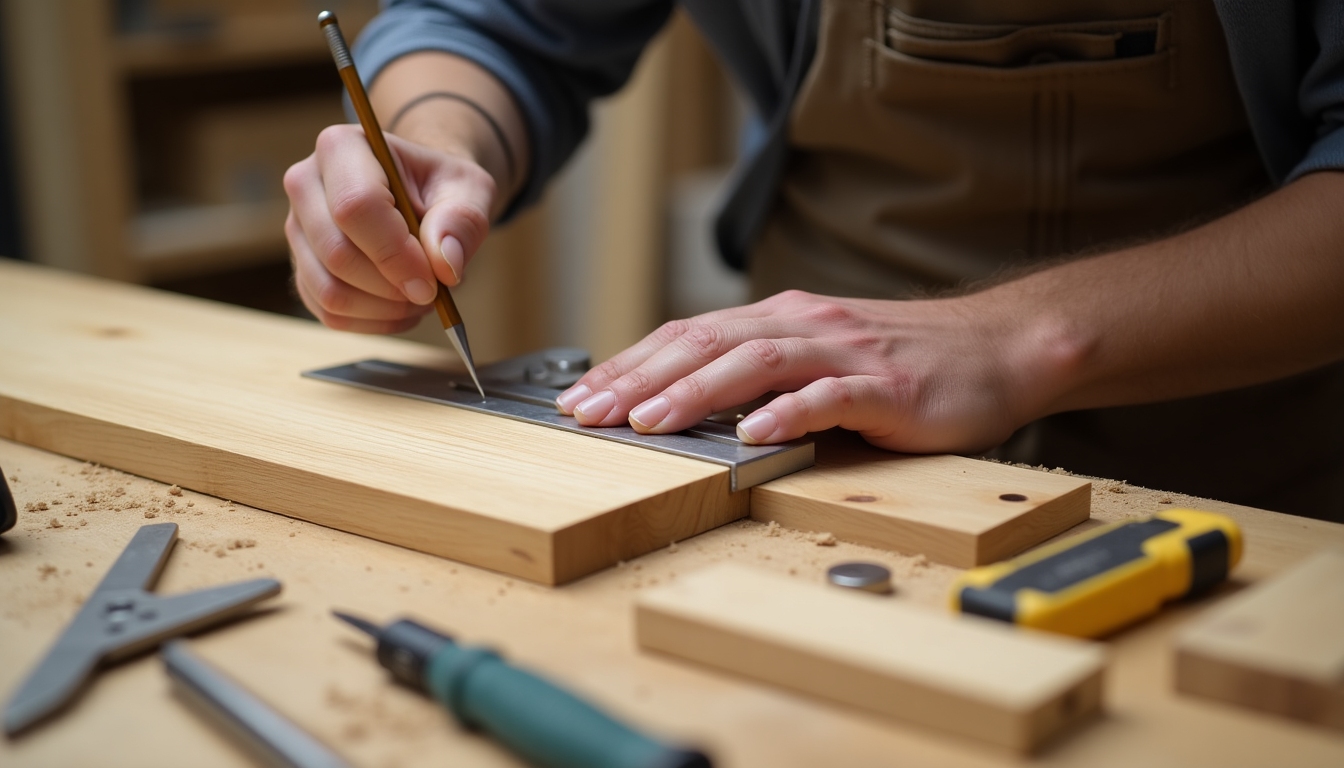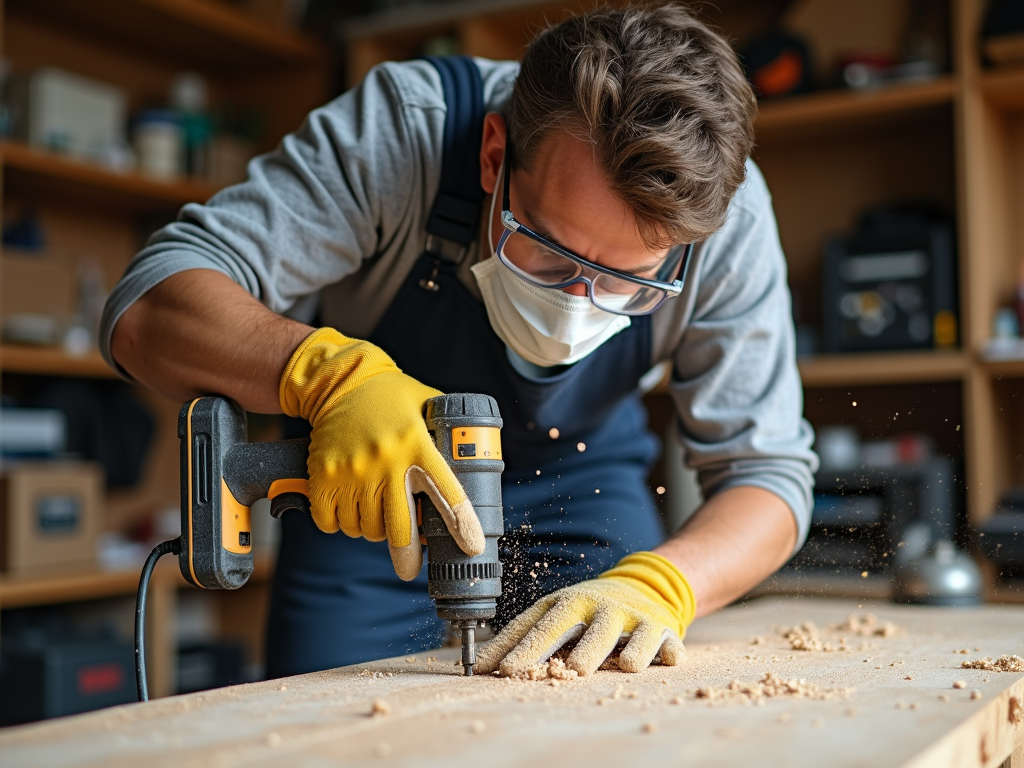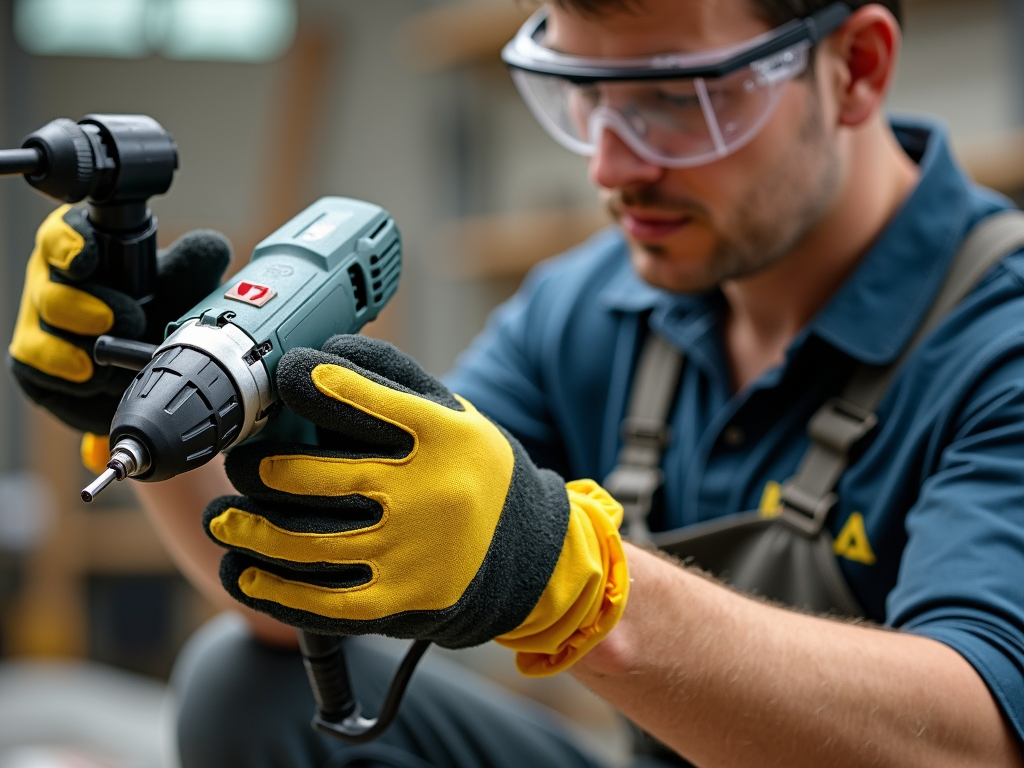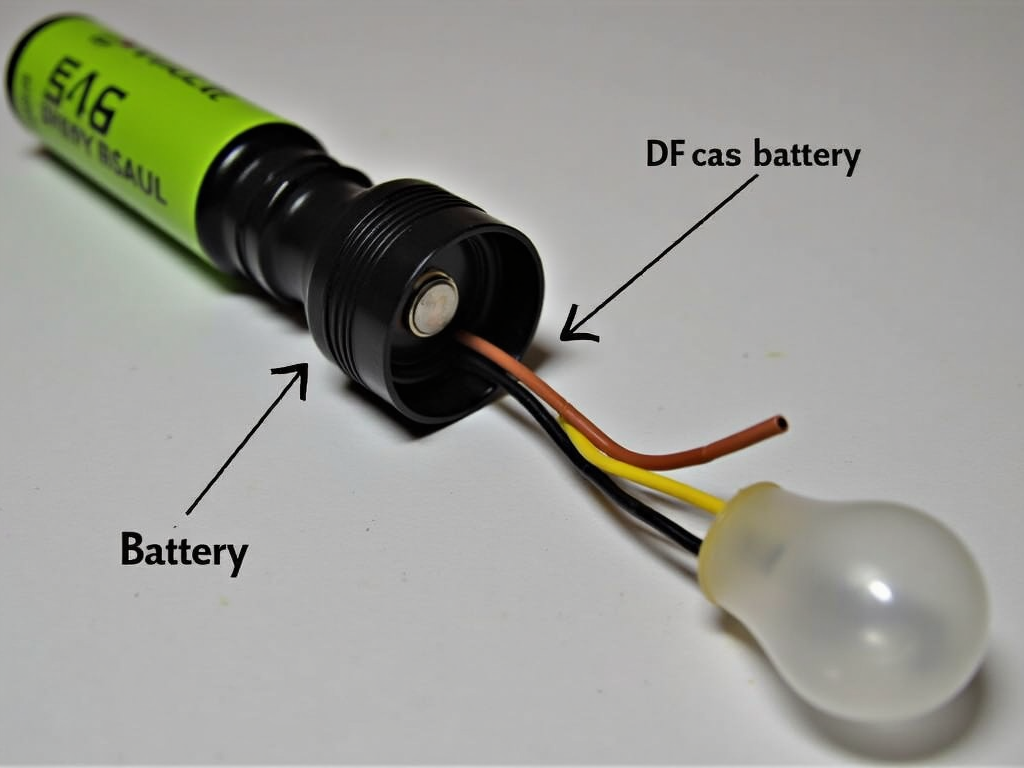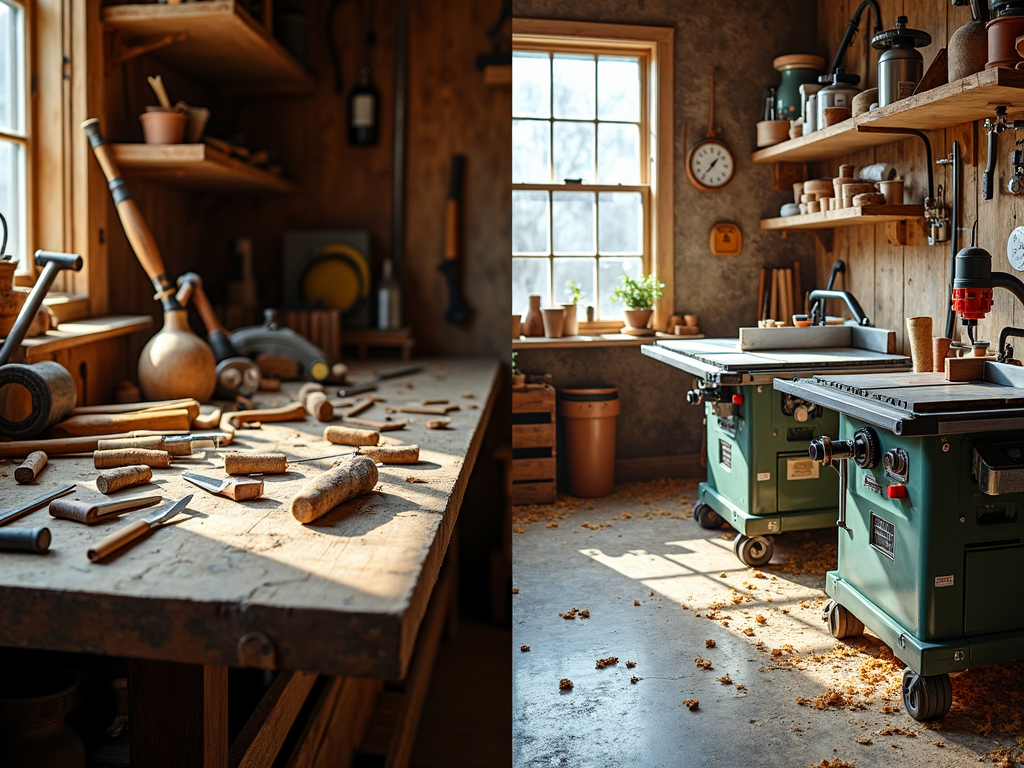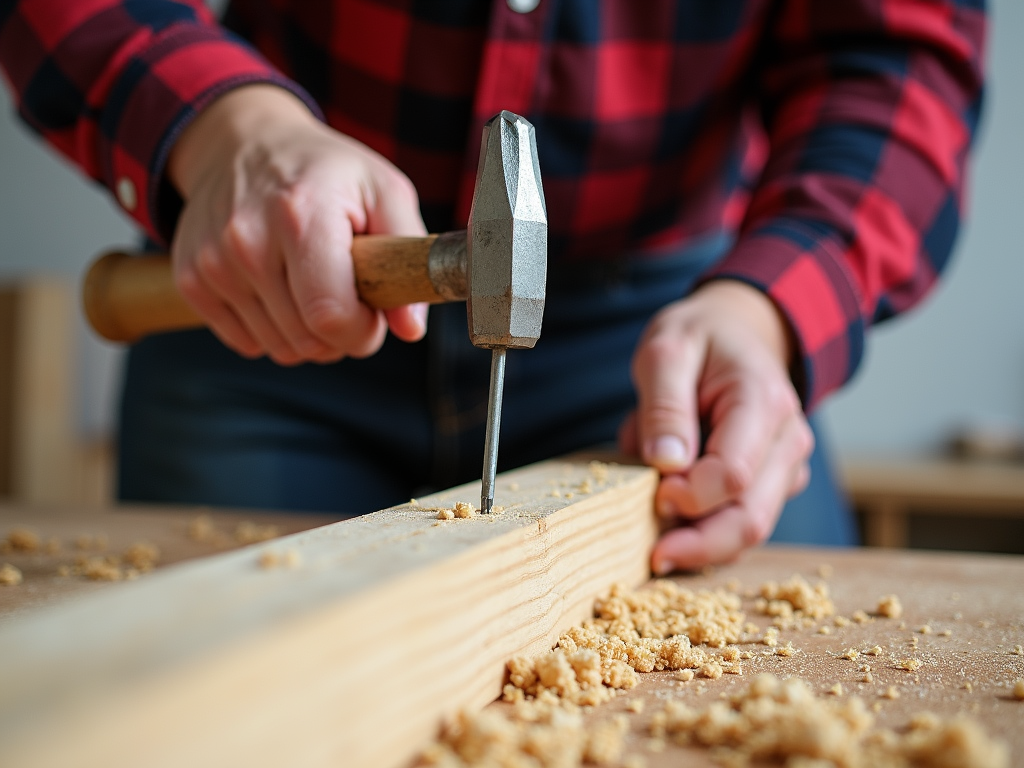Overview
Keeping your workshop tools in good condition is key to great work. Proper maintenance saves you money, keeps you safe, and makes projects easier. In this guide, you'll find practical steps and expert advice to maintain your tools like a pro.
Why Tool Maintenance Matters
Your tools are the heart of your workshop. Without proper care, they can rust, break, or fail when you need them most. How to Maintain Your Workshop Tools Properly isn’t just about fixing things—it’s about preventing problems. Well-maintained tools last longer, work better, and keep your workspace running smoothly. According to Purdue University’s Extension Service, regular tool care can extend equipment life by up to 50%. That’s time and cash back in your pocket.
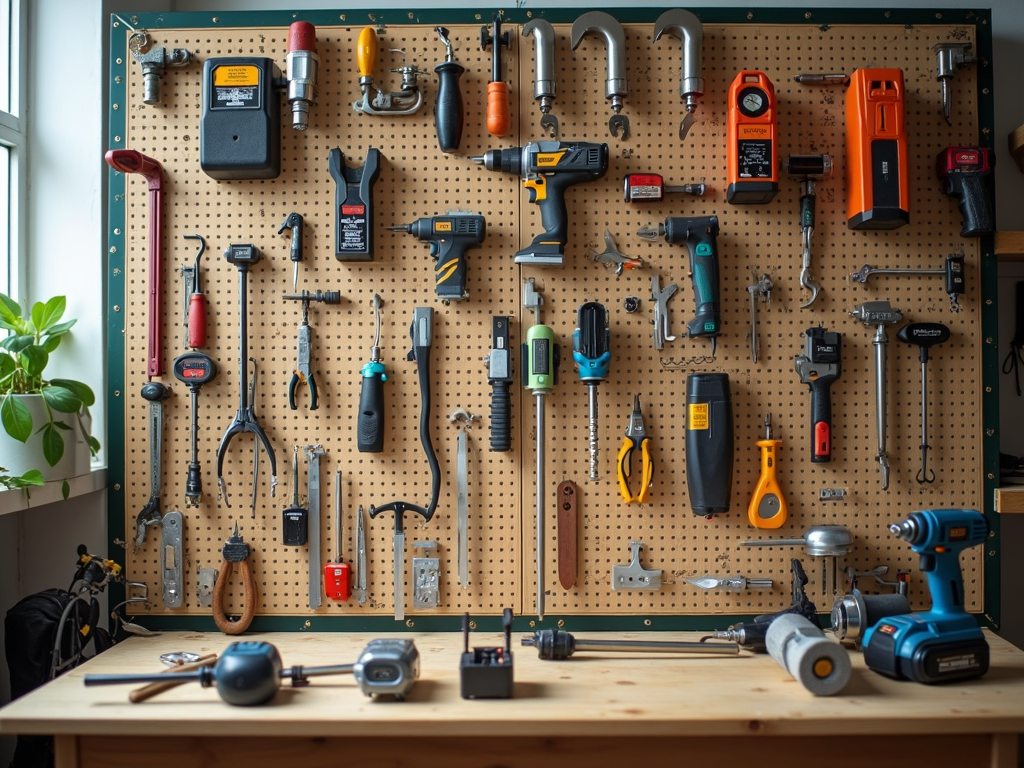
Basic Steps to Maintain Your Tools
Let’s start with the essentials. These simple habits can make a big difference.
Cleaning
After every project, wipe your tools down. Dust and dirt can cause rust or clog moving parts. Use a dry cloth for basic cleaning. For greasy tools, a bit of soap and water works—just dry them fully after. A small brush can clear out tight spots on things like drills or saws.
Storage
Where you keep your tools matters. Damp or hot spots can ruin them fast. Store them in a dry place, like a toolbox or on a pegboard. Oregon State University’s woodworking guide suggests keeping tools off the floor to avoid moisture damage. A little organization now prevents headaches later.
Repairs
Don’t ignore a wobbly handle or dull blade. Fix small issues before they grow. Tighten loose screws, sharpen edges, or replace broken parts. Regular checks catch problems early.
Advanced Techniques for Workshop Organization
Once you’ve got the basics down, step up your game. These tricks keep your tools in top shape and your workshop efficient.
- Label Everything: Mark your tools with labels or paint. It’s easier to grab what you need and put it back.
- Track Your Gear: Write down what you own and when you last checked it. A simple notebook or app works fine.
- Set Up Smart: Arrange tools where you use them most. Keep your hammer near the workbench, not across the room.
Good organization isn’t just tidy—it protects your tools from bangs and scratches.
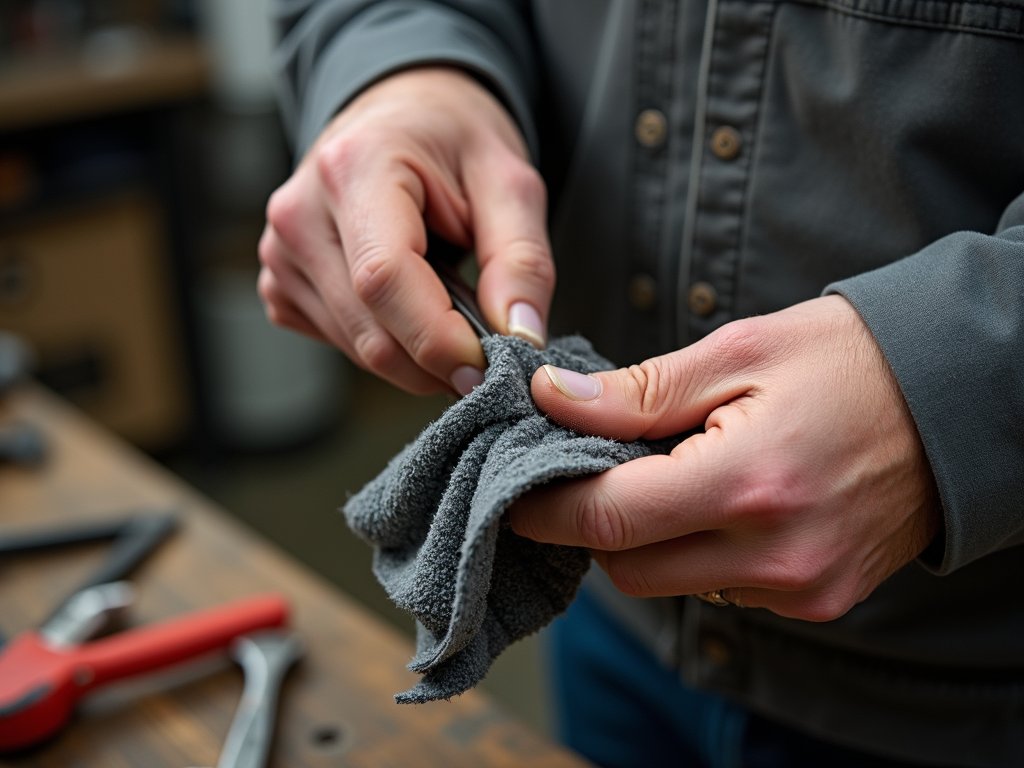
Top 10 Must-Have Tools for Every Workshop
No workshop is complete without the right tools. Here’s a list of essentials every pro or hobbyist needs:
| Tool | Why You Need It |
|---|---|
| Hammer | Drives nails and fixes stuff fast |
| Screwdriver Set | Handles all screw sizes |
| Pliers | Grips and cuts with ease |
| Wrench Set | Tightens bolts like a champ |
| Tape Measure | Keeps your cuts spot-on |
| Level | Makes sure everything’s straight |
| Utility Knife | Cuts anything quick |
| Drill | Powers through holes and screws |
| Saw | Tackles wood and more |
| Safety Gear | Keeps you safe (goggles, gloves) |
These are your go-to tools for almost any job. Keep them maintained, and they’ll serve you well.
Tips for Organizing Small Workshops Efficiently
Got a tight space? No problem. Here’s how to make it work:
- Go Vertical: Hang tools on walls or pegboards. It frees up floor space.
- Double-Duty Gear: Get a workbench with drawers or shelves built in.
- See-Through Storage: Use clear jars for nails and screws. You’ll find them faster.
- Cut the Clutter: Toss or donate tools you don’t use. Less stuff means more room.
Small workshops can feel big with the right setup. It’s all about using what you’ve got smartly.
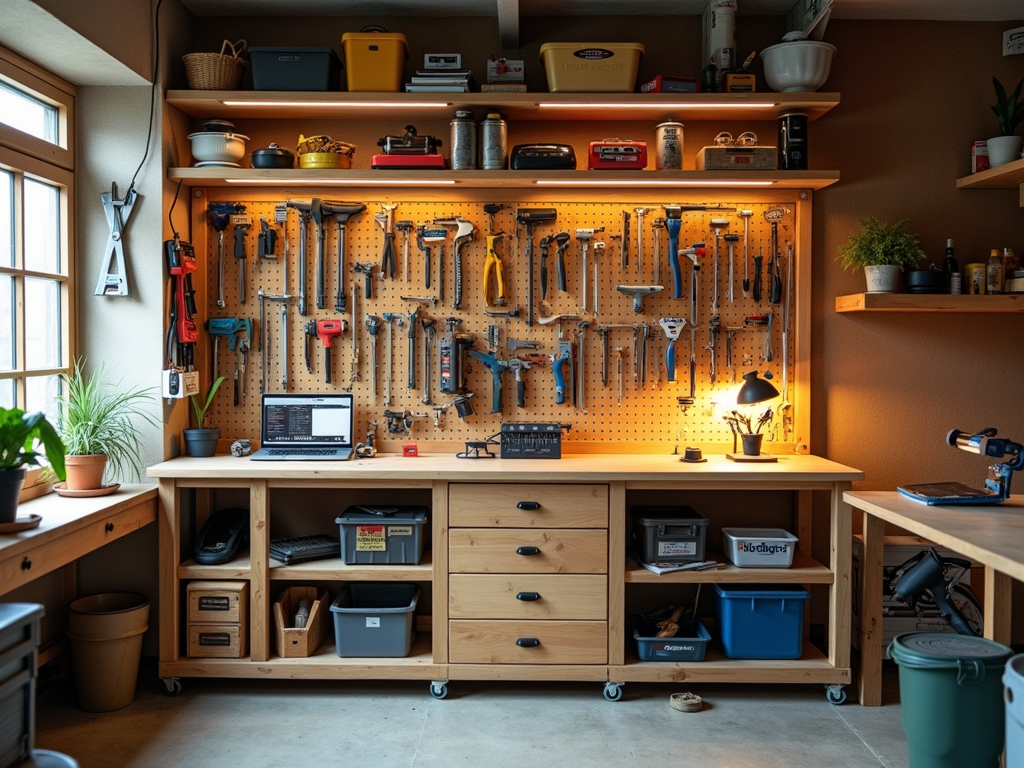
High-Quality Workman Tools for Professionals
If you work with tools daily, quality counts. Pro-grade tools handle tough jobs and last longer. Look for these features:
- Tough Build: Steel or strong alloys beat cheap materials.
- Spot-On Accuracy: Precision matters for pros.
- Comfy Grip: Less strain means longer workdays.
- Solid Backup: A good warranty shows confidence.
Brands like DeWalt or Milwaukee often deliver. Check out Fine Woodworking’s tool reviews for trusted picks. Spending more now saves you replacements later.
My Own Tool Lessons
I’ve been around tools long enough to learn a few things the hard way. Once, I left a saw out in my damp garage. A month later, rust had taken over, and I had to toss it mid-project. Now, I oil my blades after every use—no exceptions. Another time, my tiny workshop was a mess until I hung a pegboard. Suddenly, I could find everything. These slip-ups taught me that a little care goes a long way.

Tool Maintenance Checklist
Here’s a quick list to keep your tools in line:
- [ ] Wipe down after use
- [ ] Store in a dry spot
- [ ] Check for wear monthly
- [ ] Sharpen blades as needed
- [ ] Oil moving parts
- [ ] Fix or replace broken bits
Stick to this, and your tools will thank you with years of service.
Extra Tips for Long-Lasting Tools
Want more? Try these:
- Rust Protection: A thin coat of oil or a silica gel pack in your toolbox keeps moisture out.
- Sharpening Schedule: Dull tools are dangerous. Sharpen them every few months, depending on use.
- Power Tool Care: Clean air vents on drills and saws. Dust buildup can overheat them, says OSHA’s safety guidelines.
Small steps like these add up to big results.
Summary
Taking care of your workshop tools isn’t hard—it’s smart. Clean them, store them right, and fix them when needed. You’ll save money, work safer, and get better results. Start today, and see the difference a little maintenance makes.
Related How to Maintain Your Workshop Tools Properly:
- Sustainable Practices in Modern Workshops
- Power Tools Safety Guidelines: A Comprehensive Guide
- Mastering Advanced Techniques for Professional Woodworkers
- Must-Have Safety Gear for DIY Projects: Stay Protected While You Create
- Healthy Habits for Hard-Working Tradespeople: Staying Safe and Comfortable on the Job
- Power Tools Maintenance Tips: Keep Your Gear in Top Shape
- Understanding Electrical Circuits: A Beginner's Guide
- The Importance of Tool Safety
- The Rise of Smart Tools in Woodworking: A New Era of Safety and Innovation
- The Ultimate Guide to Power Tools for Precision Drilling
- Best Power Drills for Home Use
- Essential Tools for Beginners: A Comprehensive Guide


